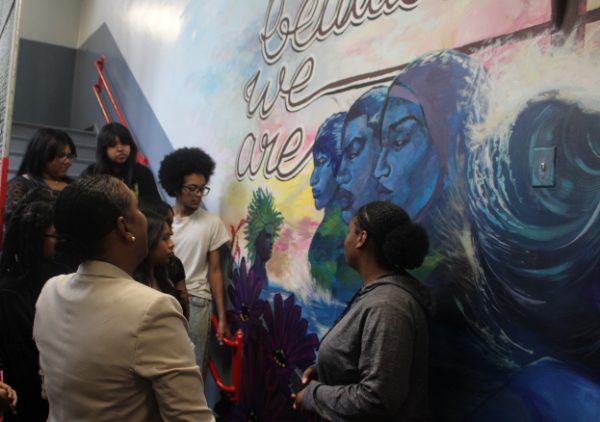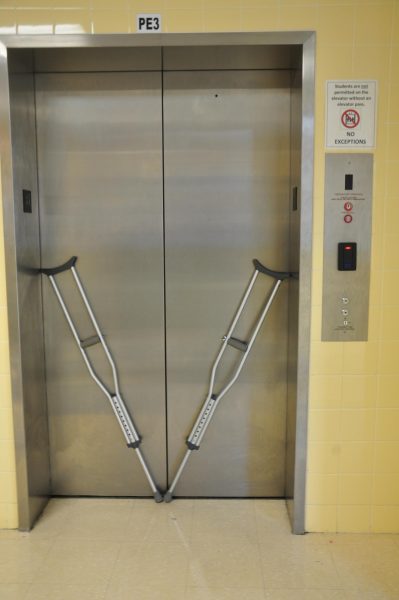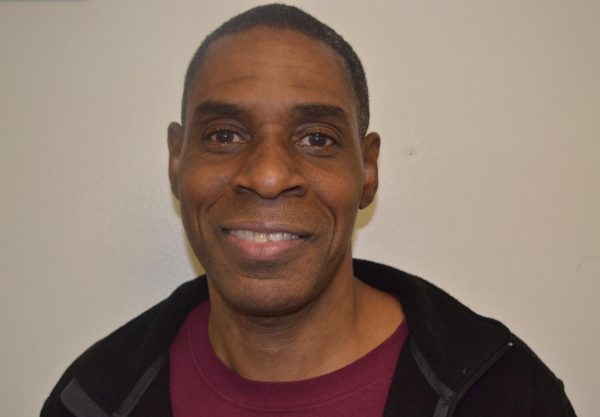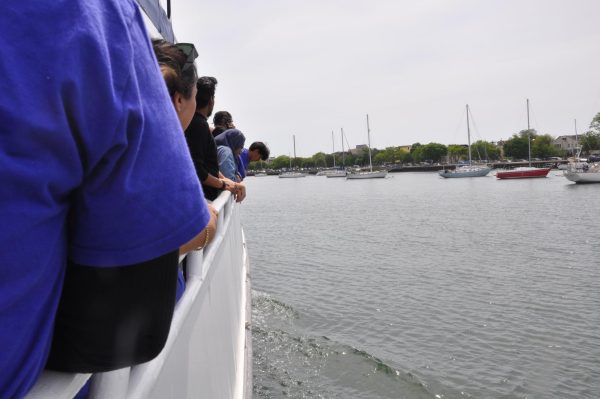Emergency preparedness training event is provided to Curtis community
Governors office offers disaster relief training to enable preparedness in emergency situations.
After Hurricane Sandy, most people on Staten Island were asking when the next big disaster was going to hit. Fortunately, the National Guard and Governor Cuomo have thought well ahead. On May 14, 2014, emergency preparedness training was held in the Curtis auditorium.
The representative from the National Guard said, “We want you to go out and share the knowledge that we are giving you today. We don’t want you to sit with your parents and make it a doom and gloom discussion but make sure they know what to do in an emergency.” According to the National Guard there are three types of disasters: natural, technological, and man made.
The key thing to all disasters is to be prepared. No matter the type of disaster, whether it be a hurricane, city wide power outage, or a terrorist attack, you should always have a pre-determined meeting spot with family members. Once a disaster strikes, our little island can become “a mass of anarchy and chaos as proven during Hurricane Sandy,” said the representative.
Unfortunately, recent experiences teach us that it does not take long for things to fall apart. Even though the exact number is still in question, New York City lost over 40 people to Hurricane Sandy. Early warning and emergency plans could have cut this death toll in half. The National Guard taught all of the attendees that checking websites like www.nyalert.gov during a disaster will provide alerts on evacuation plans and news updates.
The National Guard also mentioned the importance of a “Go Pack.” This bag should have all of the necessities; food, emergency supplies and a NOAA (National Ocean and Atmospheric Administration) radio, which provides for weather reports 24 hours a day, 7 days a week.
The National Guard distributed their own “Go Packs” at the training event. The bags consisted of an S.O.S. emergency food ration, safety goggles, a flashlight, a water container, a plastic drop cloth, a pair of gloves, six packs of emergency purified drinking water, a roll of duct tape, a handheld radio, an emergency blanket, a light stick, a whistle, an NIOSH approved respirator, an emergency supplies kit checklist, a first aid kit, and a certificate of completion from the New York State Citizen Preparedness Corps.
“I think all of the attendees will take away one or two things from the presentation. Additionally, the bags that were given out will definitely benefit anyone in an emergency,” said Tom Hepworth, Parent Coordinator.
Another important aspect of the event was instructions on how to best prepare a home for disasters and emergencies. All homes should have carbon monoxide detectors. Carbon monoxide is colorless, odorless, and deadly, so having warning about this gas can save lives. In the event of an emergency turn off all electronics in the house; the main breakers and fuses. Turn off any type of fuel gases such as a BBQ propane tank because it could catch fire and explode. Water pipes should be turned off to reduce the chances of a flood and in the case of an electrical storm it will prevent the current from flowing through the pipes and injuring the people who are wet.
It was highly recommended that every family keeps a photographic record or all important documents, such as birth certificates, house insurance papers, and what important items are contained in the house so that if a disaster happens, the family does not lose everything. The National Guard representatives gave the listeners a list of things needed in every house: a tourniquet (to stop the bleeding of an injured person), a manual can opener(to open canned emergency food when the electricity goes out), a gallon of water per day of emergency, hygiene products (so diseases do not emerge), and a “Go Kit,” which should contain the same items as your “Go Pack.” Also, never leave your pet behind.
About halfway through, the presenters decided against a ten minute break and continued onto part two of their presentation, “Respond and Recover.” In this portion, they compared being trapped to a Jenga puzzle. If someone is trapped under debris, and there is no one else around to help, then the trapped person must remember that whatever is above him is likely to fall. It is important that the person observe what actions to take first so that no one else gets injured or the injured do not get any further wounds.
“The assembly was great. It was informative and made me realize that I should take more caution. It is better safe than sorry, for example, if my door gets broken down, I know I have to replace it with something,” said Nafiul Bahri.
According to Mr. Hepworth, “There will be more events like this on Staten Island because we were hit so badly with Hurricane Sandy. The National Guard will be offering more training to the community. It is so important that everyone knows what to do in case of an emergency.”





